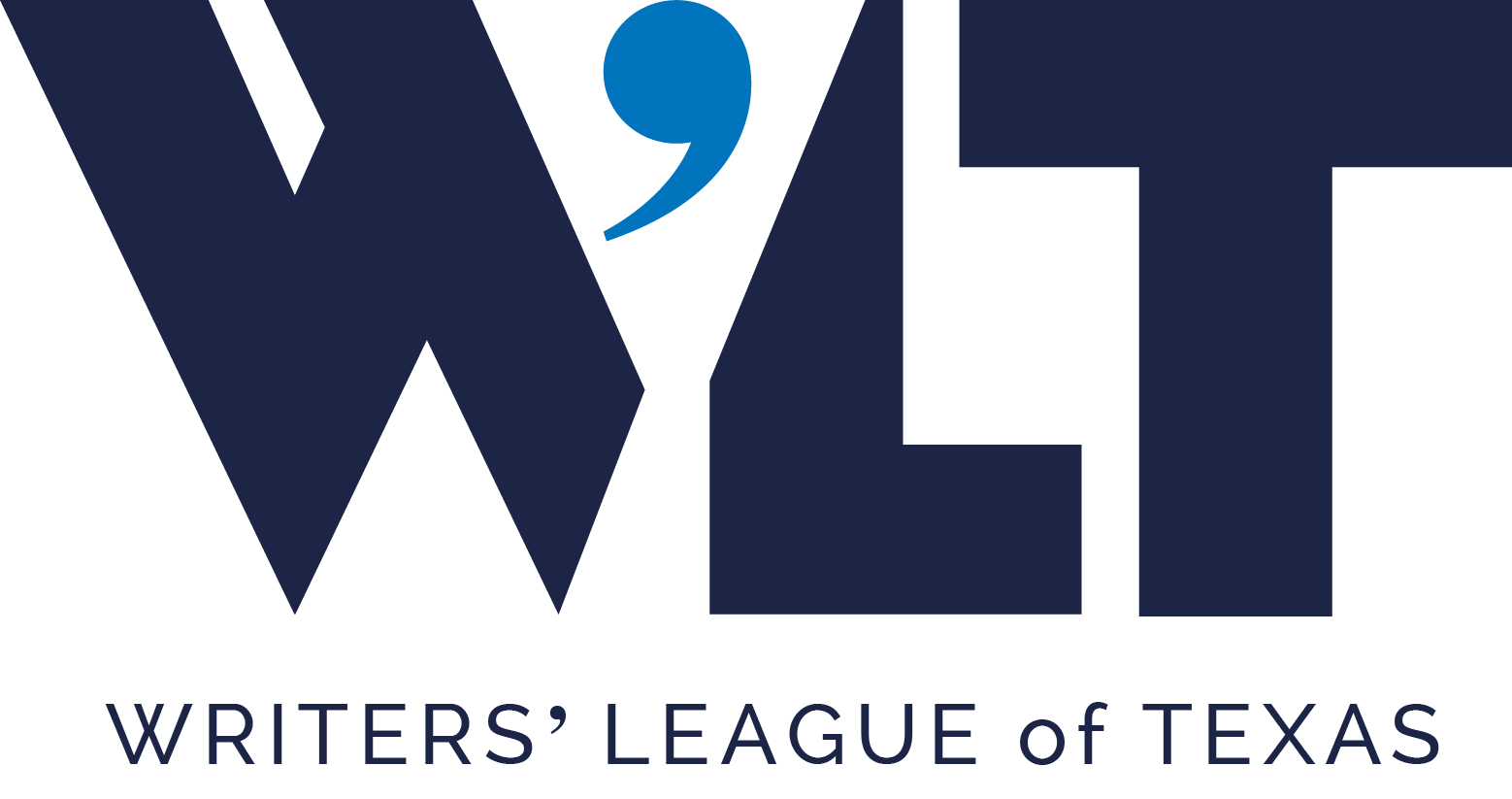Austin-based novelist Amanda Eyre Ward makes it look easy. It’s early on a Saturday morning in November and she is diagramming the three-act plot structure on a white board at the Writers’ League of Texas office. I am a big fan of her work and wait anxiously for this talented woman to impart the wisdom of the trade.
Her MFA in fiction writing from the University of Montana taught her all about dialogue, point of view, and character, she explains, but nothing about structure. She says it actually wasn’t until she took a class at the Writers’ League of Texas that she ever had any formal instruction on how to structure a novel. She told herself that when she published, she would teach a class on just that subject, and here we are.
As the class begins to discuss the elements of the three-act structure that we’ve dutifully scribbled in our notebooks – opening scene, plot point one, mid-point, plot point two, climax, and wrap-up – I realize that today, we’re just learning how to ask the right questions.
The real plot structure, it turns out, isn’t about the action. The scenes where the guns come out blazing or the characters ride off into the sunset are really just part of the “fake” plot. The real plot is the emotional plot and this is at the heart of the three-act structure. What decisions is the character faced with? What does the character learn? It’s the structure that helps to guide you through those questions.
Amanda explains with enthusiasm that once you become aware of the three-act structure, you begin to see it everywhere: books, movies, TV shows. Especially look for the mid-point. It’s a change in direction in the middle of Act II that usually involves a murder, a sex scene, or a minor character telling the protagonist what it is that they need to do. The true climax isn’t really an action scene, but a point where the protagonist has to make a really difficult decision that will have major consequences. And guess what? This kind of structure really works. It’s what most successful writers do.
So now that we’ve got the three-act structure down, our novels will gel effortlessly into the mold, the words practically writing themselves. Right? Yeah, right. Understanding you need a structure is one thing; coming up with the story and figuring out what scenes go where is another. Amanda explains just how much she struggles with these questions herself.
She recounts a recent Thanksgiving where she had plans to travel with her husband and their two young children to visit family in Colorado. She was up at 6 a.m. the day they were supposed to get on the plane, and she told her husband she couldn’t go, that she had to stay behind and think about how to structure her novel. And for the next several days, she did just that, lying around and thinking and diagramming and eating Chinese food instead of turkey.
She holds up one of her notebooks with diagram after diagram of the three-act structure. She explains how she writes scenes on index cards and then spreads them out in front of her (she says she used to go to motels and spread them out on the bed), which makes it easy to visually move things around. But she tells us honestly that while this works for her, it will probably not work for everyone. With a smile, she recounts a famous Somerset Maugham quote: “There are three rules for writing the novel. Unfortunately no one knows what they are.”
At the break, she asks our opinion on the book covers that Random House is considering for her new novel, Close Your Eyes. We are reminded that this upbeat, down-to-earth woman is a very successful, living, breathing published author of three (soon to be four) novels and a book of short stories.
She leaves us with the message that the most important thing is to finish your novel. Once you get into Act II, things get messy. It’s tempting to put the book aside and start on a fresh, exciting project that isn’t so complicated. But you simply can’t do this. Finishing is the key, she says. When you finish, send out your book and then start a new one. And then finish that one. If you do this, she tells us, you will succeed. Thank you, Amanda, for such a helpful and inspiring class.
Shannon MacCleery is a member of the Writers’ League of Texas and works as an attorney in Austin, TX. She is taking Amanda’s advice and trying to finish her first novel, just when things are getting really messy.









